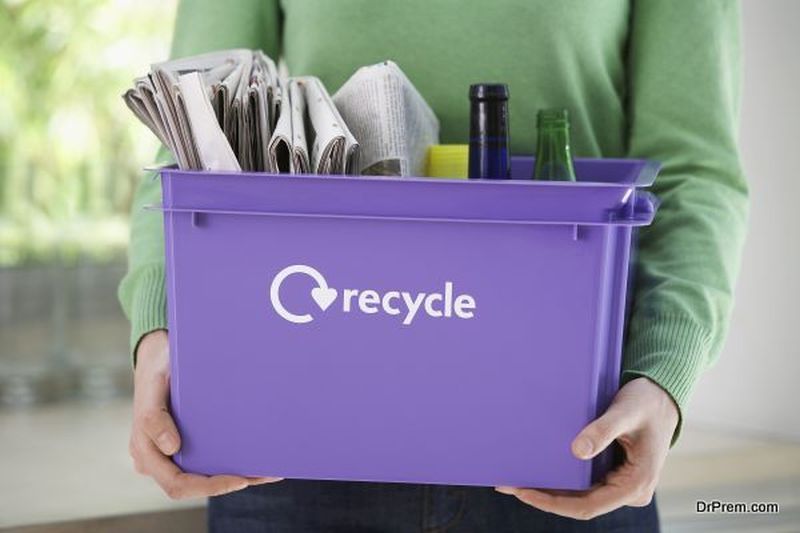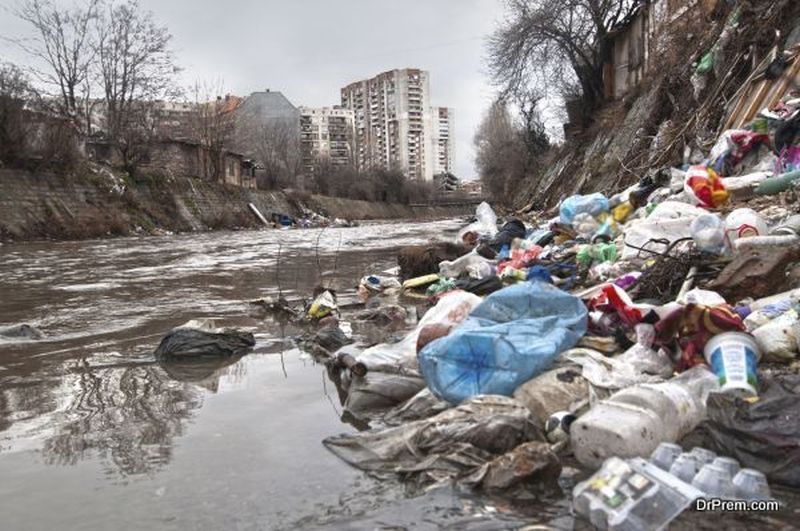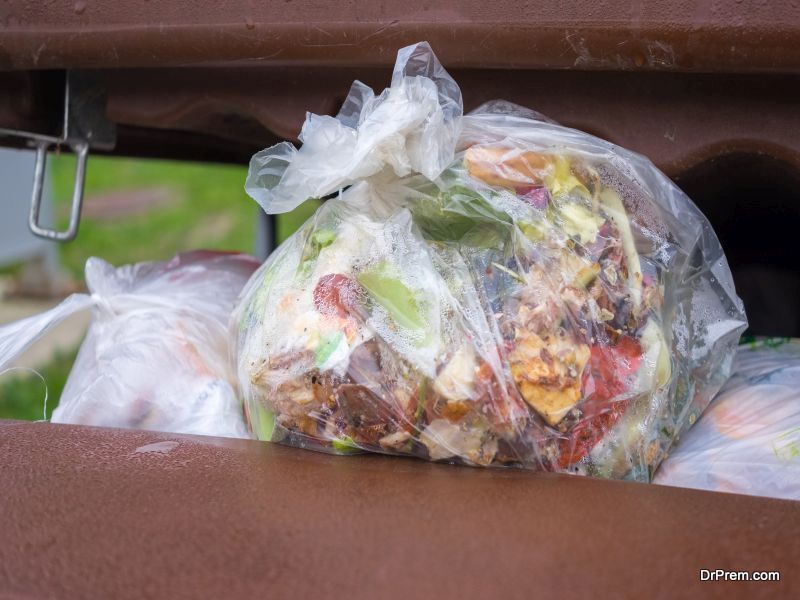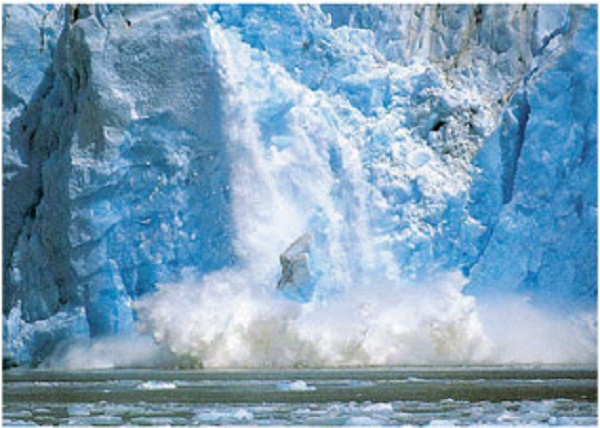Landfills are overflowing with the waste we produce. The greenhouse gases emitted by waste has led to the global warming, leading to climate change. As we feel the heat of climate change, we need to understand that proper management of waste, reusing and recycling of certain kinds of waste, can ultimately reduce the huge amount of waste in landfills. Click here to explore more topics and get into the subject of helping. Detailed waste management plans can help to direct the flow of waste to the proper places – recycling facilities, considering waste as ‘resource’, or to landfills. Here are some ways to manage waste which is beneficial for the environment:
Viewing recyclable material as commodities
Material which can be recycled should be viewed as resource, instead of waste and dealt with accordingly, in the same framework as ‘zero waste’ and ‘sustainable material management’. A plan which manages recyclable resources, needs to have specific tactics in order to deal with them, from the beginning of their life cycle.
Elements of a waste management plan
Prevention, generation, reuse, source separation (organics and recyclables), collection, recovery, transfer, reuse / recycling, treatment and disposal form the basis of waste management. Starting from the attempt to prevent many materials from ending up in landfills, to transporting them to be reused or repurposed and recycled.
Recycling or resource management can be divided into single stream, commercial recycling, food and organic waste recovery, special event recycling, and multi-family recycling. People should also be made aware about the importance of recycling or reusing, via workshops, leaflets, videos and other forms of communication.
Waste management is a process
Municipalities and private waste management companies should treat waste management plans more as a process which can be improved over time, rather than an event. Treating waste management plans as a process allows the concerned people – municipalities, contractors and manufacturers, to evaluate and measure the success of their plans. The successful strategies can be included in further plans, and the unsuccessful ones can be left out.
Objective of waste management plans
The objective of waste management programs should be to put in place standards to manage all recovered materials, ensuring sustainable improvements in a way that the strategies can respond to the ever evolving recycling markets, as well as reducing waste at the root. For example, if builders and contractors are provided with the data regarding the materials which can or cannot be recycled, they can use materials which can be recycled easily. Instead of using gypsum boards, for example, they can use alternate materials which are more easily recycled.
Collaboration between private and public entities
Municipalities and businesses have to work together in order to promote a sustainable formation and execution of solid waste and recycling programs. Recovered material has to be verified, in order to assess whether the quality is good enough to be reused or recycled, otherwise, they will end up in landfills, but after being diverted to manufacturers. So quality control of waste is necessary, in order to avoid a circuitous route to landfills, wasting both time and money.
Closed loop approach
In this method, the designers and construction team work closely to identify and use materials which can be recycled. They can use renewable materials, source locally and spread awareness among occupants about the items as well as methods of recycling of the materials used.
Things a waste management company /entity can do to leverage waste management
Goal setting and benchmarking is important to provide important data which can help in developing waste diversion.
Understanding occupant behavior
Organizations which provide waste management services have a lot of knowledge about the behavior of occupants in residences and offices. Architects and designers can work with them to devise convenient recycling options for them, thus reducing waste at the source.
Reducing packaging
Waste management entities can point the major source of waste in the form of excess packaging to the design team, which can then ask manufacturers to reduce the packaging, thus leading to less waste at the site.
Waste management entities, private and public, as well as occupants / consumers have to keep an eye on evolving reuse / recycling opportunities, in order to effectively reduce waste and to attain the goal of 100% recycling.








